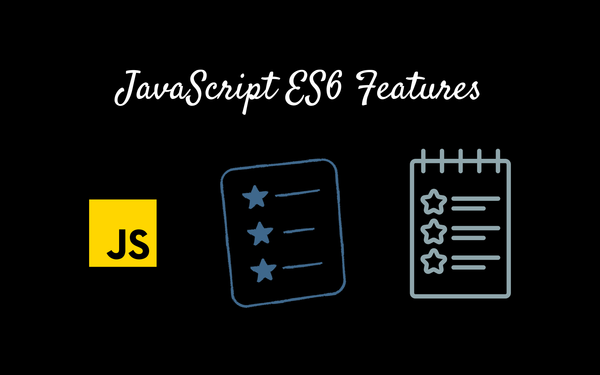Data Structures in Python: Learn The Basics In A Day

Data structures are the foundation for any program. They help you store, access and manage data efficiently by reducing complexity and optimizing performance. Data structures in Python refer to a specific arrangement of data that is stored and accessed efficiently, as compared to how it would be if we used standard variables or objects instead. If you’re new to programming and Python, you have probably heard of data structures but don’t know what they mean. This article will help you understand exactly what they are and why they are important in programming. You will also learn about the various data structures available in Python and examples of when to use them.
What Are Data Structures?
A data structure is a way you organize and store data in a computer system. The data structure determines how easy or difficult it is to find and retrieve data, how efficiently it can be searched, and how much space will be used to store the data. The data structure you choose will depend on your application's needs, the amount of data you need to store and the performance requirements of your application. There are many types of data structures, each with its own advantages and disadvantages. A data structure can be as simple as a list of items, or as complex as building an index with many fields. The data structures that are used in programming depend on the programming language you use.
Arrays
An array is a data structure that holds a fixed number of values of the same type. They are referred to as “fixed-size” because you decide how many items you want to store in the array when you create it. Arrays are very useful in programming because you can retrieve items from them very quickly using their index number. They are also useful for processing large amounts of data because the computer can read and write to the data in the array very fast. Arrays are normally used to store values that take up a lot of memory or data that changes frequently. They might not be the best option if you have a small amount of data or if you need to find data quickly since arrays have lower average access times compared to other data structures.
Lists
A list is a collection of data items where each item is accessible by an index number. Lists are data structures that are similar to arrays, with the major difference being that you can add or remove items from a list at any time. You can also change the order of items in a list, add new items, or delete items from a list. This flexibility makes lists more useful for programming than arrays where items are fixed and cannot be edited. Lists are essentially dynamic arrays that can be changed at any time.
Dictionaries
A dictionary or hash table is a data structure that allows you to store and retrieve data quickly and efficiently. You do this by linking a specific data item to a key, which can be any item you want, such as a number or a word. The key is used as an identifier to retrieve the data item linked to it. Dictionaries can be accessed much faster than if you were to look up a value in a list or an array. This is because dictionaries use a “hash function” to create a key from the data item. The hash function takes the data item as input and then outputs a key that is used to retrieve the data item. Dictionaries are commonly used to store information for which the order does not matter, such as a list of words in a sentence or a list of names and their associated ages.
Stacks and Queues
A stack is a data structure that is used to store and retrieve data items in a specific order. You can add or remove data items from the stack, but they will always be added in their original order. A stack can be used to store the sequence of events that took place in a program or to store data that is being processed. A stack is useful when you need to get the first item added to it, or the last item added to it. A queue is a data structure that is similar to a stack except that it is a first-in, first-out (FIFO) structure. This means that data items are added to the back of the queue and removed from the front.
Conclusion
Data structures are an important part of programming since they help you manage and store data efficiently. They are the foundation on which any program is built. This article helped you understand the basics of data structures and the types of data structures available in Python.




